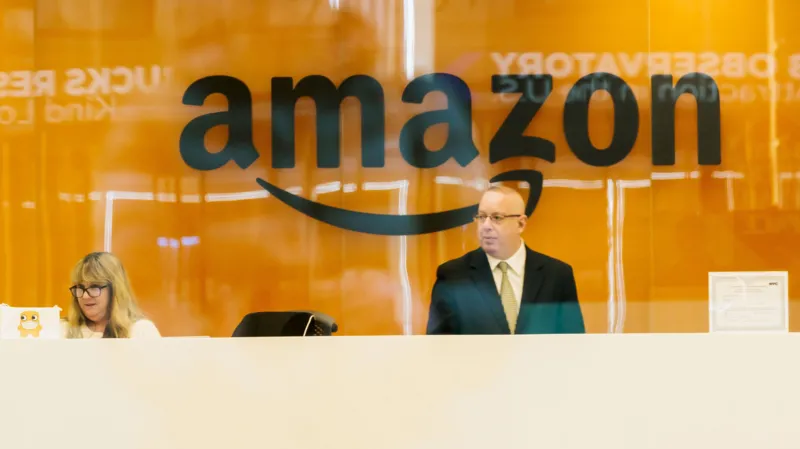Artificial Intelligence has become both a catalyst for innovation and a source of anxiety for millions of workers worldwide. With companies like Amazon, UPS, and Salesforce announcing thousands of job cuts, concerns about automation replacing human labor are mounting. However, economists and labor experts warn that the narrative is more complex than headlines suggest, pointing to cyclical economic forces, overhiring, and shifting business strategies as contributing factors.
Amazon’s Workforce Reset and the AI Factor
Amazon’s recent announcement to eliminate around 14,000 corporate positions reignited debate about the true scale of AI’s impact on employment. The company cited a need to operate “more leanly” and capitalize on new opportunities provided by Artificial Intelligence. Yet, analysts argue that the tech giant’s layoffs also reflect a natural correction following years of rapid expansion during the pandemic, when historically low interest rates fueled aggressive hiring.
Amazon’s integration of AI tools across its supply chain, logistics, and customer service divisions has been a double-edged sword—improving efficiency but reducing human roles in management and operations. The company’s latest financial report, available through Amazon Investor Relations, highlights a 13% rise in quarterly sales to $167.7 billion, underscoring that the firm remains profitable despite the cuts.
Enrico Moretti, a labor economist at the University of California, Berkeley, explains that “companies like Amazon are not only developing AI technologies but also implementing them internally, making them both producers and consumers of automation.” This dual position gives them an advantage in streamlining operations while reshaping workforce structures.
Beyond Amazon: AI’s Broader Impact Across Industries
The wave of job reductions extends far beyond e-commerce. Companies like UPS and Salesforce have attributed tens of thousands of layoffs to automation and machine learning. UPS, for instance, confirmed that it has cut over 48,000 jobs since 2024 as part of an effort to enhance logistics automation. Meanwhile, Salesforce reduced customer service positions, citing AI-powered chat systems capable of handling routine inquiries once managed by humans.
According to research from the Federal Reserve Bank of St. Louis, occupations with high exposure to AI have experienced notable increases in unemployment since 2022, particularly within administrative and data entry roles. However, the correlation between AI adoption and job loss remains difficult to isolate due to overlapping macroeconomic trends, including inflationary pressures and post-pandemic market corrections.
Martha Gimbel, executive director at Yale University’s Budget Lab, emphasizes that “many of these layoffs reflect normal business cycles, not just the adoption of AI.” She notes that companies often scale back staff during periods of economic uncertainty, even when profitability remains strong.
The Future of Jobs in an AI-Driven Economy
As global industries integrate AI systems, the challenge lies not only in understanding the short-term impact on employment but also in predicting the long-term restructuring of the labor market. Experts at the MIT Sloan School of Management suggest that while automation may displace certain job categories, it will also create new roles in AI ethics, systems oversight, and digital infrastructure management.
For workers, adaptation through reskilling and continuous learning will be essential. Initiatives such as the World Economic Forum’s Future of Jobs Report predict that 44% of employees’ core skills will shift by 2030, with human-AI collaboration becoming central to most industries.
Lawrence Schmidt, an associate professor at MIT, explains that “AI will not eliminate work—it will redefine it. The challenge for policymakers and business leaders is ensuring that workers transition smoothly into the new digital economy.”
While AI has undeniably accelerated automation, the current wave of layoffs reflects a convergence of technological evolution, macroeconomic pressures, and strategic realignment. The coming decade will test not only how businesses deploy AI but how societies balance innovation with inclusive growth.







